
21 Jul 11 Ways Bike Touring Across Europe Changed My Life
It could be writer’s block. It could be me being lazy. It could just be me trying to get my life sorted out after being away for 3 months. I think it is a combination of all these things, as well as figuring out where to even begin recounting my ride in Europe, as I have so many memories and take-aways from this once-in-a-lifetime-trip. It is analysis paralysis at its worse. I have set my bar so high as far as giving you something to read from my experience that I’ve stopped myself from doing what I enjoy doing, writing. So with a bit of coaching and self-reflection, I have come to a conclusion; I must keep going and share with you my thoughts and feelings even if it takes me several blog posts to express myself.
As some of you, who have been reading my blog, knows, I embarked on this great bicycle tour from April 8th to June 29th which took me through 10 countries mainly by bicycle. This was also the first time that I’d ever left North America since arriving when I was 3 years old as an immigrant from Vietnam. This was huge! I knew that I would be going to Europe one day, but did not think I would be biking across it the very first time I set foot on it. Coming from this perspective, here are a few things that I’ve learned from this experience, which has changed my life forever.

1. People Don’t Care That We Are Americans
Being American is not a big deal through-out Europe. Nobody even blinked an eye when we told them that we were from Los Angeles, California. People generally didn’t care where we were from. The only person who may have shown some interest was our riding partner, Cecile from France. She had never met an American and had a kick listening to us converse. Slang and popular American tendencies, such as taking selfies, were things she found fascinating. Besides her, most people didn’t even bat an eye. Which is good in places like Serbia, where we’ve been told that America isn’t a highly regarded country in general. We were not subjected to any kind of negative experiences.
2. Bicycle Tourists Never Use Drop Bars
We were the only 2 bicycle tourists riding in drop bars. Most people who were on long treks were on upright flat bars or the butterfly bars to give them more options for hand positions. I found that fascinating since prior to the trip, I have always thought most bicycle tourists ride with drop bars. In fact, the only drop bars were on light road bikes. People would ask us if the drop bars make riding uncomfortable. Harry actually converted his drop bars to flat bars in Munich and can testify that it has changed his life. The jury is still out with me even though I started losing feeling on my right finger tips after a long day of riding. I don’t think converting to flat bars will improve much, but I am still open to making any adjustments if necessary.
3. Bicycle Touring Are Done A Few Days At A Time (Mainly With E-bikes)
I’ve written in the past about having games when you’re biking and this is one we invented just for Europe. If we see someone riding with a rack and a set of rear panniers, we would guess if they were on a long journey or a multi-day holiday. The dead giveaway would be an electric bike which indicated that they were just on a multi-day holiday. Many Europeans go on multi-day tours where they drive to one town with their bikes loaded, leave their cars parked, and then ride for a few days to check out museums and other attractions before they head back. Their bags are loaded with items, such as clothes and food. They never bring tents because there are always hotels or pensions to stay at. With cycle friendly places and quaint towns everywhere, it is much easier and convenient for them to go on a short bicycle trip this way.
4. Not Everyone In Europe Likes Cyclists
For the most part, Europeans don’t mind people cycling as they seem to be more tolerant than Americans. I am assuming that since most drivers are also cyclists, they sympathize with our mode of transport. However, not everyone likes cyclists. When we were riding in France, I had a guy drive past us with the look that says, “Why are you on the road?”. We were honked at a few times in the larger cities. In places with really prominent bicycling infrastructure, other cyclists and pedestrians don’t have any patience for dilly dallying. People were on the go and would be very annoyed if you stopped in the middle of their bike lane. The ultimate difference that I felt between Europe and America is that they view bicycling, driving, walking, and taking public transportation as a means to get from one place to another. The novelty of riding a bike does not exist as it isn’t anything special to them. We still have a ways to go here in the States. Until the majority of people goes through a mass shift in our transportation culture, we will always have people not liking bicyclists.
5. Roundabouts Are Very Efficient
One of the most fascinating things about Europe is their constant use of roundabouts and yielding intersections than stop signs. Traffic moves through so much easier even in big cities, like Paris, Vienna, or Valencia. Vehicles were not idling as much and people are able to be on a constant move from one place to the next. They rarely have stop signs, so running stop signs was hardly an issue for bicycles. It can get a bit intimidating to drive or ride through roundabouts but once you figure out the lane positioning to help communicate your direction of travel, it isn’t very difficult to get through to the location you needed to go. I would love to see more roundabouts implemented here in the States. Not sure why we are so in love with stop signs. I suppose from the point of view of pedestrians, there is a false sense of security knowing that cars will stop at intersections, but in most European countries, drivers stop for pedestrians crossing through sidewalks as well, so that’s a moot point.

6. Waypoints Are The Key To Active Transportation
Every country west of Slovakia had very good waypoint signs for cyclists and hikers. They tell you directions to the next town or an attraction with kilometers. Some even have an estimated arrival time on them, which I found interesting because people bike and walk at different speeds. You can technically travel across Western Europe without a map if you knew every town that you need to get to and follow the signs. Sometimes, it can get confusing as you look at the plethora of signs posted in Germany. This is something that US is still in dire need of for people who travel by bike or foot. Most of our signs have cars in mind and rarely do we find signs for cyclists. I use to think having waypoints were not that big of a deal, but after riding in Europe and the States, they make such a big difference to help guide people on their way. It builds on their confidence in getting from one place to another without being worried about getting lost. America still has a way to go with a universal waypoint system.
7. Kebap, Pizza, & Pasta Are Everywhere
The most common type of food are kepab (kebab), pizza, and spaghetti. It didn’t matter where we went, from big cities like Vienna to little city centers in Romania, it was not hard to find these three types of food. This is good news as these types of food are great fuel for hungry cyclists looking for a good mix of protein for recovery and carbohydrates for energy. One of the best meals I had was at a Doner Kepab place in France, which served a healthy portion of chicken kepab plate. Because Harry wasn’t as adventurous as I was (in terms of food), we ate our fair shares of pizza and spaghetti bolognese.
8. You Don’t Get Stamped Through Every Border You Cross
Before my trip, I thought we would accumulate our passport stamps as we rolled through each country. This was only true when we left Hungary to go east. Anywhere else, we did not get our passports stamped because of the Schengen Agreement which eliminated borders between a collection of 22 European countries making it easier for people to travel between them. As a result, stamps were only given at the country where we arrived (Spain) and the country where we left (also Spain). This was a bit of a disappointment, but we did get stamps from Hungary, Croatia, Serbia, and Romania.
9. Most People Know More Than 2 Languages
I knew most Europeans can speak several languages, but to witness it in person was fascinating. We traveled with a couple where the guy, Jean-Pierre, knew French, German, Spanish, and English. He was a ski instructor at the French Alps and knowing multiple languages was a necessity to communicate with his guests. It didn’t hurt that his grandparents and ancestors were from many different parts of Europe. As Americans, we are at a disadvantage when it comes to language. I know Chinese, but obviously that didn’t help on the trip (especially when they don’t speak English and spoke a different dialect at a Chinese restaurant in France) going across Europe. That is why I am making a mission to learn Spanish in the next few months so I can be fluent. If it works out well, I would love to learn German. Why German? Well, that is the other default language that people used besides English.
10. Knowing How to Say “Thank You” In Their Language Is Key
The willingness to learn some words is key for more positive interactions. In places like France, when you can say, “Bonjour”, “Merci”, and “Parlez-vous anglais?”, it is more receptive than asking directly in English. I made it a point to know how to say, “Thank you” in the various languages. I usually got positive reactions from people if they understood me. Just by the way I look, they can easily conclude that I was not a local, but if they see me trying, they are empathetic towards my effort. That empathy will allow for more positive interactions if you show them a bit of respect by trying to learn their language and culture. I am sure this isn’t a new concept to anybody who has traveled out of the States.
11. People Are Generally Kind & Helpful
We got lost. A lot. Sometimes the maps and directions are very confusing and hard to understand so you are forced to ask for help. Luckily, people are open to help even though they may not know how to communicate in your language. Some people would go as far as leading us to our destination if they can’t describe it to us. This was certainly the case in Hungary on 2 occasions where guys on their bikes would ride with us until we got there. Some even offered us beers at the end while others would wait for us to find our home for the night before they left us, as was the case łat Budapest. All across Europe, people were kind and helpful. Rarely did we encounter someone who was the opposite. I am sure this isn’t any surprise to any of you as I’ve read from other cycle tourists and travelers that on the micro-level, people are kind and compassionate.
Final Words
Traveling to Europe in general was such a life-changing event. Having done that alone would have been enough to talk about for a lifetime, but to be able to travel by bicycle across 10 countries, my world is completely turned upside down. Here are my top 11 things that I can think of right now. If I have more, I’ll follow up with future blog posts. Have you traveled through Europe? Can you relate to some of these points? Is there something that’s missing? If so, please post in the comment below. I would love to hear about them.







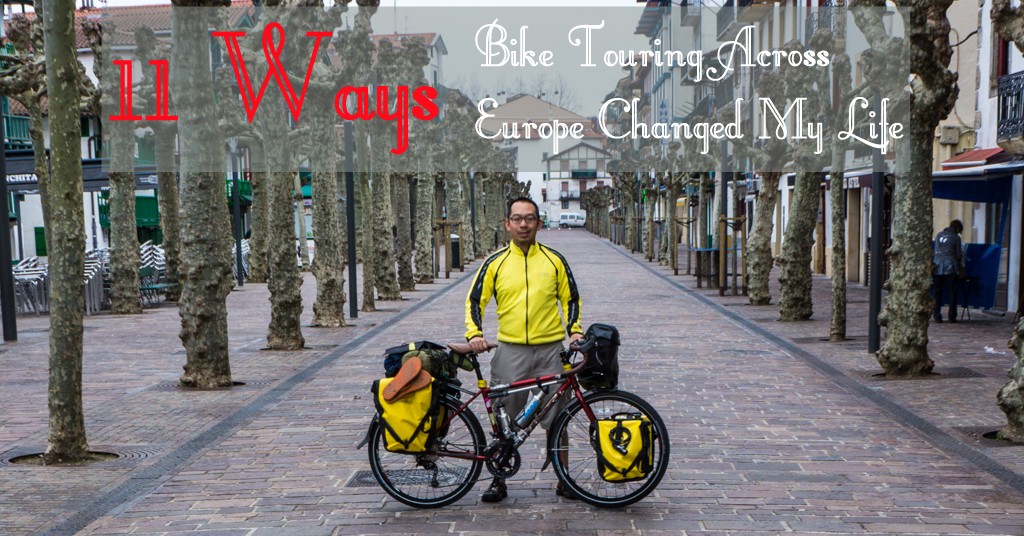

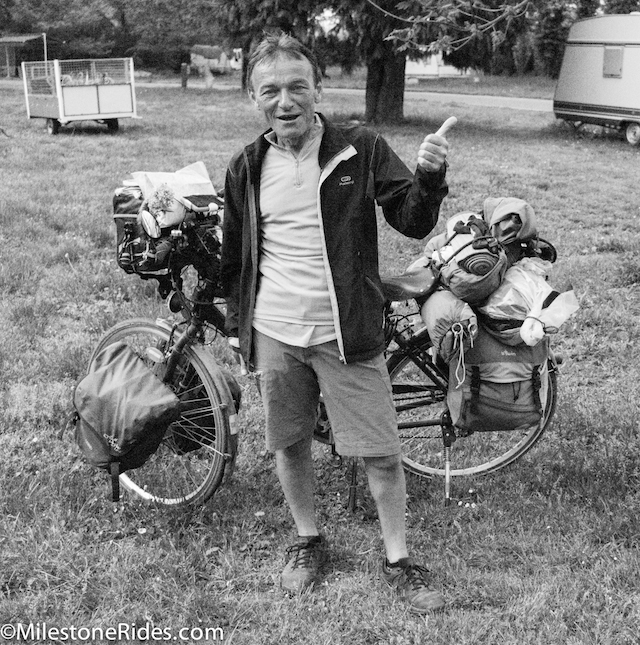
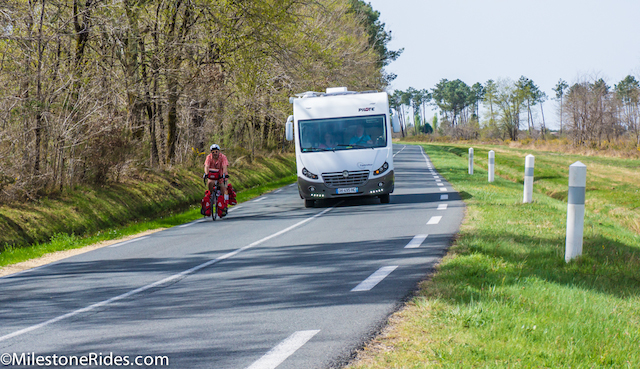
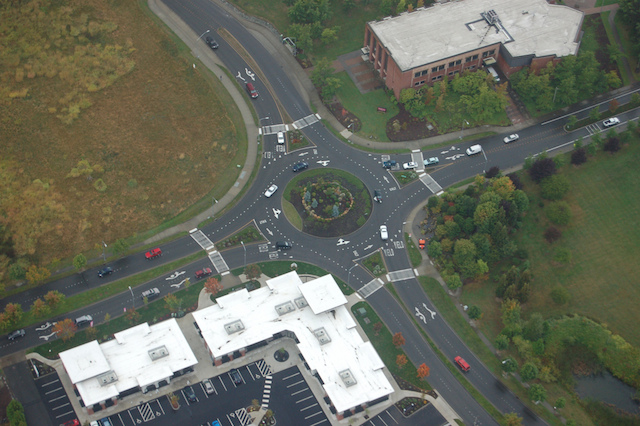


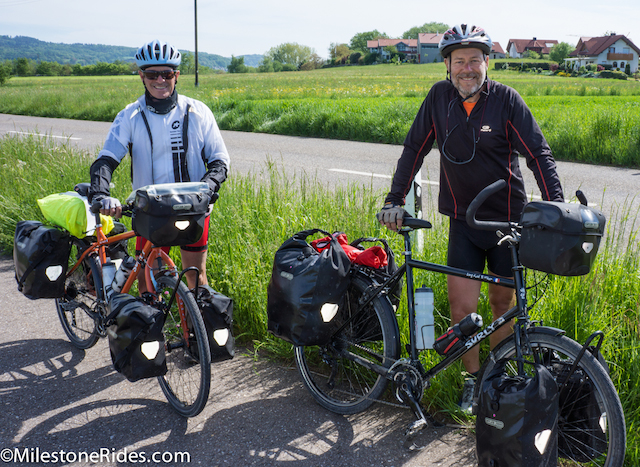
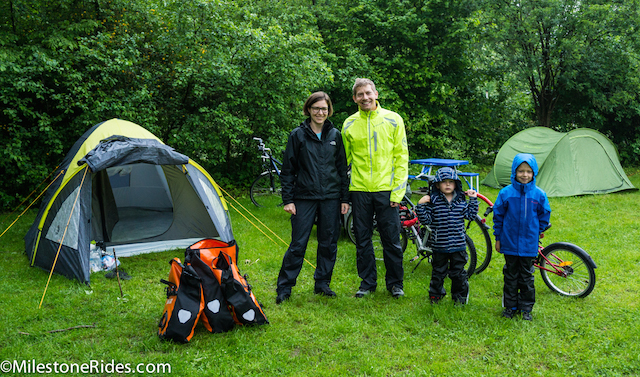
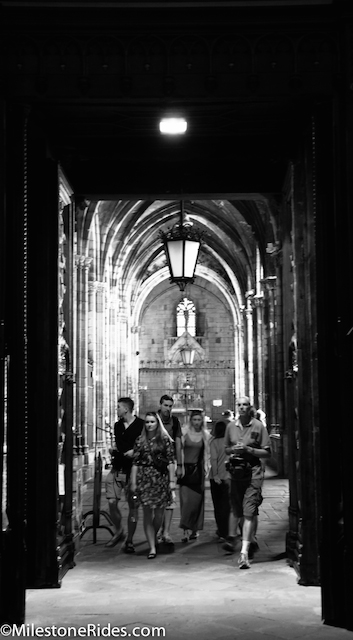
Sorry, the comment form is closed at this time.